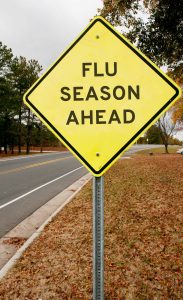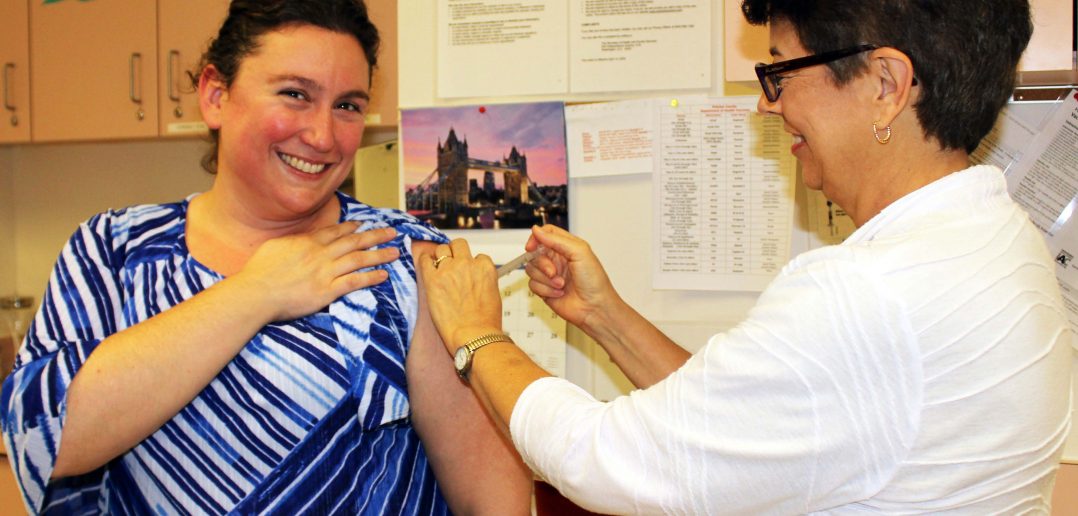BREWSTER — Most people dread flu season. For CSEA members Kathy Percacciolo and Jeanette Baldanza, however, it’s one of the most rewarding parts of their year.
No, that’s not a misprint.
Both women know that the symptoms of seasonal influenza can be life threatening for even the healthiest of people. This is where the reward comes in.
Percacciolo and Baldanza are part of a well-coordinated annual effort to keep flu as far away from Putnam County as possible. And they’re succeeding.
The two are part of a team of public health nurses and support staff from their county Department of Health that is coordinating flu vaccine clinics across Putnam County. It’s a public service many counties offer that doesn’t grab headlines, but does save lives.
Putnam County’s relatively small size allows health department workers to maximize their reach. Not only do they hold public clinics in different communities, workers visit senior centers, offer clinics for county employees and even facilitate vaccines for local students.
“We go to every single school in the county and offer the vaccines for students and staff,” said Percacciolo, a supervising public health nurse. “For parents choosing to have their children receive the vaccine, it makes the process easier because you don’t have to schedule a pediatrician appointment.”
For residents age 65 and over, workers offer a high-dose vaccine first introduced in 2010.
“It has four times the antigens of the regular vaccine, which is important for those with weakened immune systems,” said Baldanza, a public health nurse and the county’s immunization coordinator.
Working behind the scenes is CSEA member Mary McCormack, a public health program assistant who orders the vaccines, and tackles the paperwork and data entry that comes with the outreach. Each vaccination is entered into the electronic New York State Immunization Information System database, meaning a patient’s health care provider can access records even if vaccines are given at a clinic.
Being proactive may be especially helpful this year, as this flu season is expected to be rougher than normal.
“Our flu season follows the Southern Hemisphere, and they had a very tough season,” said Baldanza. “As of early October, we already had our first confirmed case of flu.”
— Jessica Ladlee
Flu Facts
 Yearly flu vaccination for everyone 6 months and older. Most children under age 8 require two doses of the vaccine, spaced at least 28 days apart.
Yearly flu vaccination for everyone 6 months and older. Most children under age 8 require two doses of the vaccine, spaced at least 28 days apart.- Reported flu cases often increase beginning in October and are reported as late as May, but cases normally peak between December and February.
- Early vaccination is recommended, as it takes roughly two weeks for antibodies to develop in the body to protect against flu.
- Only injectable flu shots are recommended this season, as recent reports show nasal spray flu vaccine to be less effective.
Source: Centers for Disease Control and Prevention



